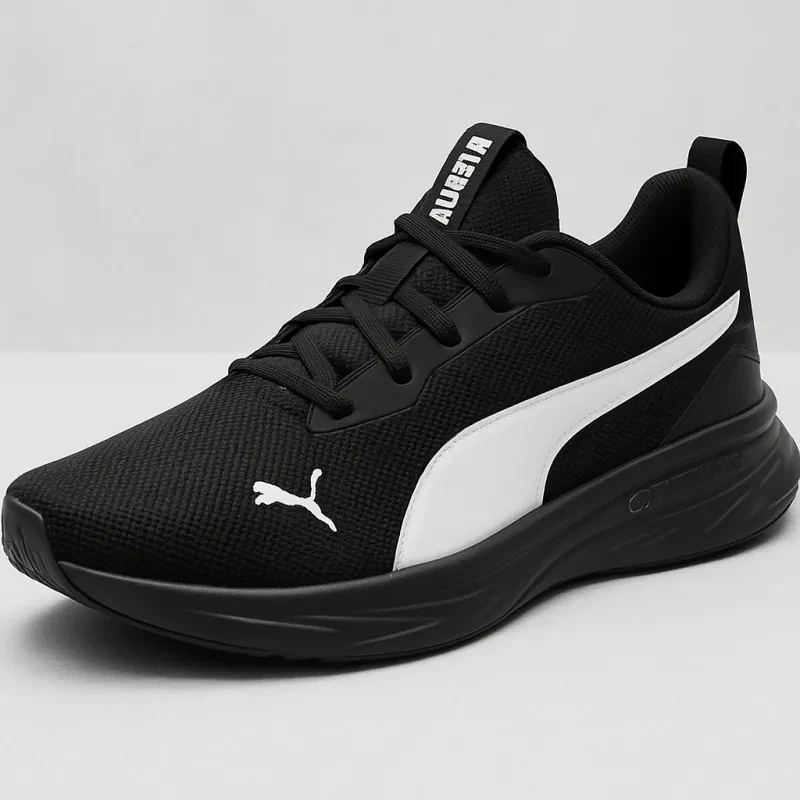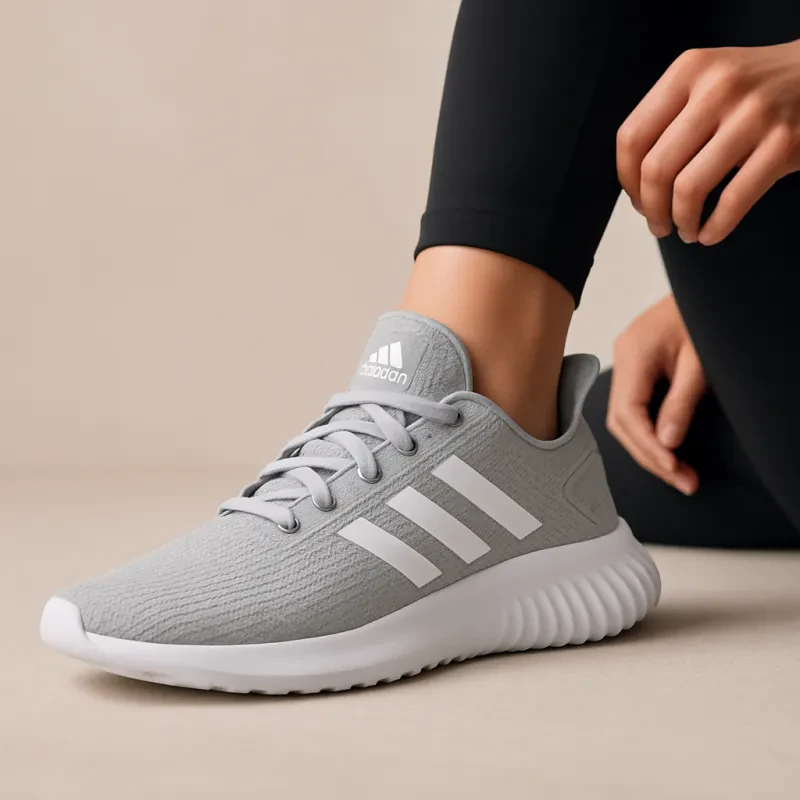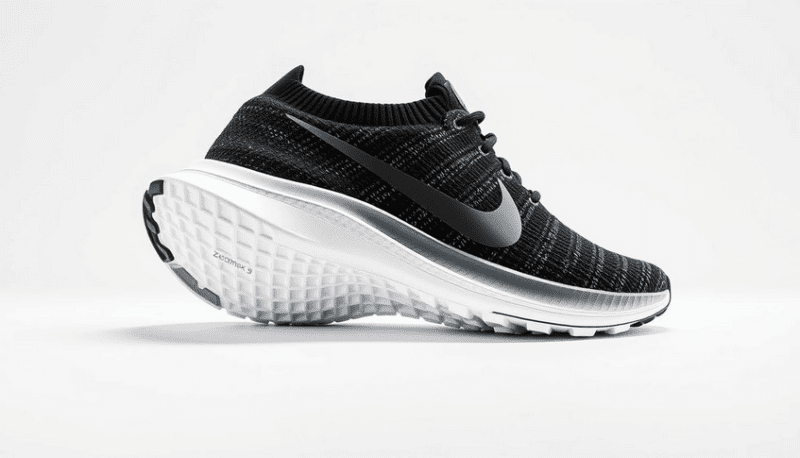Choosing the right footwear is crucial for a comfortable hiking experience. While many of us have a pair of running shoes, we might wonder if they can double for hiking. Running shoes can be used for hiking, but they may lack the grip, durability, and support needed for rough and rocky terrains.

Running shoes are lightweight and breathable, making them comfortable for short hikes on easy, well-groomed trails. However, when it comes to more challenging trails with uneven surfaces, a pair of trail running shoes or traditional hiking boots might be more suitable due to their robustness and enhanced grip.
As we delve deeper, let's explore the differences and benefits of various footwear options. We’ll also consider the environments where each type is most effective, ensuring we're all set for our next outdoor adventure.
Key Takeaways
- Running shoes are suitable for short, easy hikes.
- Trail runners offer better grip and durability than standard running shoes.
- Consider terrain and trip length when choosing footwear.
Running Shoes Versus Hiking Footwear

When choosing between running shoes and hiking-specific footwear like hiking boots or trail runners, we need to consider design features that impact performance and comfort on the trails. Important aspects include material composition and the level of protection each type offers.
Defining the Footwear
Running shoes are designed for speed and flexibility. They are typically lightweight and feature breathable materials such as mesh. This allows for air circulation, keeping feet cool and dry during a run.
Hiking boots, on the other hand, prioritize durability and support. The materials are sturdier, often including leather or synthetic leather that withstands rough terrain. These boots provide excellent ankle support, which is crucial on uneven paths.
Trail runners are a blend between these two. They are lighter than hiking boots but offer more stability than standard running shoes. With added traction and toe protection, trail runners can handle rugged trails while maintaining a light feel.
Key Differences in Design
Stability and Support: Hiking boots excel in stability, offering a snug fit around the ankle to prevent twists. Running shoes sacrifice this for flexibility, focusing instead on ease of movement. Trail runners strike a middle ground, providing moderate support without the bulk of hiking boots.
Material and Construction: Hiking shoes and boots use tougher materials that last longer under harsh conditions. Running shoes use softer, more flexible materials, resulting in faster wear on the trails. Trail runners, while lighter, are built with added toe and foot protection to improve trail durability.
Evaluating Terrain and Use

When choosing between running shoes and hiking shoes for outdoor adventures, it is essential to understand how different terrains impact their performance. Evaluating the needs for specific conditions such as rugged trails or rocky terrain helps us make informed decisions.
Running Shoes on the Trail
Running shoes are lightweight, breathable, and ideal for less challenging trails. They work well on shorter hikes where the path is mostly flat and clear. On trails like these, the benefits of reduced weight and breathability can prevent foot fatigue.
On the downside, running shoes may not provide enough grip on slick or uneven surfaces. Their soles are designed primarily for pavement, so traction can be compromised on rocky or muddy trails, increasing the risk of slipping.
We should also consider their durability. Running shoes may wear out quicker on rough or rocky trails, leading us to spend more on replacements. Moreover, they often lack protective features, leaving our feet vulnerable to the elements and obstacles commonly encountered on more demanding hikes.
Hiking Shoes in Different Conditions
When facing varied terrains, such as those on the Appalachian Trail or other rugged landscapes, hiking shoes become a better choice. They are designed with durability and support in mind, making them suitable for uneven and rocky terrain. Their construction offers stability, helping us navigate tricky paths safely.
Hiking shoes typically include features like more robust soles and toe protection. These aspects help protect our feet from sharp rocks and rough ground. Enhanced grip and water-resistant materials are common, allowing us to hike comfortably in wet or muddy conditions.
In different weather conditions, hiking shoes maintain performance due to their durable construction. They can handle the wear and tear of extended outdoor use, providing a reliable option for serious hikers.
Functional Features of Hiking and Running Shoes

When considering whether running shoes are suitable for hiking, it's crucial to understand the differences and similarities in functional features. These features include traction, breathability, and overall comfort.
Traction and Tread Patterns
Traction is key when navigating uneven or slippery trails. Running shoes generally have smoother treads, which provide efficient grip on paved or even surfaces; however, they might lack the aggressive tread patterns found in hiking shoes.
Hiking shoes often feature deep lugs designed to offer stability on various terrains. This aggressive tread ensures better footing on loose gravel or muddy paths. It's important to choose the right shoe with sufficient bite for the terrain we plan to tackle.
Breathability and Waterproofing
Breathability and waterproofing are vital for keeping our feet comfortable in different weather conditions. Running shoes are typically made with lightweight, breathable uppers that allow for air circulation, keeping our feet cool and reducing sweat build-up.
Hiking shoes often focus on waterproofing, using materials like Gore-Tex to keep moisture out. While this protects us from rain, it might compromise breathability. Selecting footwear depends on whether we prioritize breathability during warm hikes or waterproofing during wet, cooler hikes.
Comfort and Support
Comfort and support play a crucial role in making our hiking experience enjoyable. Running shoes are celebrated for their lightweight materials, promoting ease in movement and reducing foot fatigue during shorter hikes.
In contrast, hiking shoes provide more support, especially around the ankle. This cushioning helps prevent injuries on rugged trails. They also offer more impact protection with thicker soles, making them suitable for carrying heavier loads. Balancing these features will depend on our specific hiking needs.
Considerations for Long-Distance Hikes
When planning a long-distance hike, several important factors come into play. Footwear, durability, and comfort are key to ensuring a successful trek.
The Needs of Thru-Hikers
Thru-hikers cover vast distances over extended periods, so footwear is crucial. Our feet can swell and change shape after days on the trail. We should look for shoes that provide a balance of comfort and durability. Blisters are a common issue, so it's essential to have shoes that fit well and offer good breathability.
Lightweight shoes can help reduce fatigue during long treks. Trail running shoes, like the Salomon Speedcross 5, are popular because they are light, yet still offer traction on diverse terrain. However, they might lack ankle support, which is critical on rocky trails. We should evaluate the terrain and personal needs before selecting our hiking footwear.
Choosing Shoes for Extended Hikes
For long-distance hikes, we must prioritize comfort and support in our shoe choice. Trail runners often have softer soles, which can protect our legs from harsh impacts but may wear down faster over long hikes. Durability and cushioning are important factors in providing support across varied terrain.
Also, think about the weight of our pack. A heavier load may require shoes with more support and cushioning to prevent fatigue and injuries. The right shoes can make a significant difference on these long outings, improving our experience and reducing the risk of foot problems. Our choice should reflect the specific demands of the trail and our hiking preferences.
Frequently Asked Questions
Running shoes and hiking shoes serve different purposes. Still, trail running shoes often provide the grip needed for hiking. They differ in design, features, and suitability for various terrains.
What are the differences between running shoes and hiking shoes?
Running shoes tend to be lighter and more flexible. They focus on cushioning. Hiking shoes prioritize durability, support, and protection. They often have stiffer soles and are built to handle rough terrain.
Are trail running shoes appropriate for hiking?
Trail running shoes can be a good choice for hiking. They offer more grip and durability than regular running shoes. They're designed for trails and handle softer ground or uneven paths better.
What features should I look for in trail running shoes if I want to use them for hiking?
Look for shoes with excellent grip, durability, and some level of water resistance. Good cushioning and arch support are also important for comfort on longer hikes.
Can I use regular running shoes for rough trails?
Regular running shoes might work for short, easy hikes. However, they may not offer enough grip or support for rough trails. Their materials aren't typically designed for rugged surfaces.
What type of footwear is recommended for both hiking and running?
For those who enjoy both activities, trail running shoes offer a balance. They provide the flexibility needed for running and the traction necessary for hiking on trails.
How do trail runners compare to traditional hiking boots in terms of support and protection?
Trail runners are lightweight and offer decent traction and flexibility. Traditional hiking boots provide more ankle support and foot protection, especially on rocky or uneven terrain. Each has its advantages, depending on the hiking conditions.



